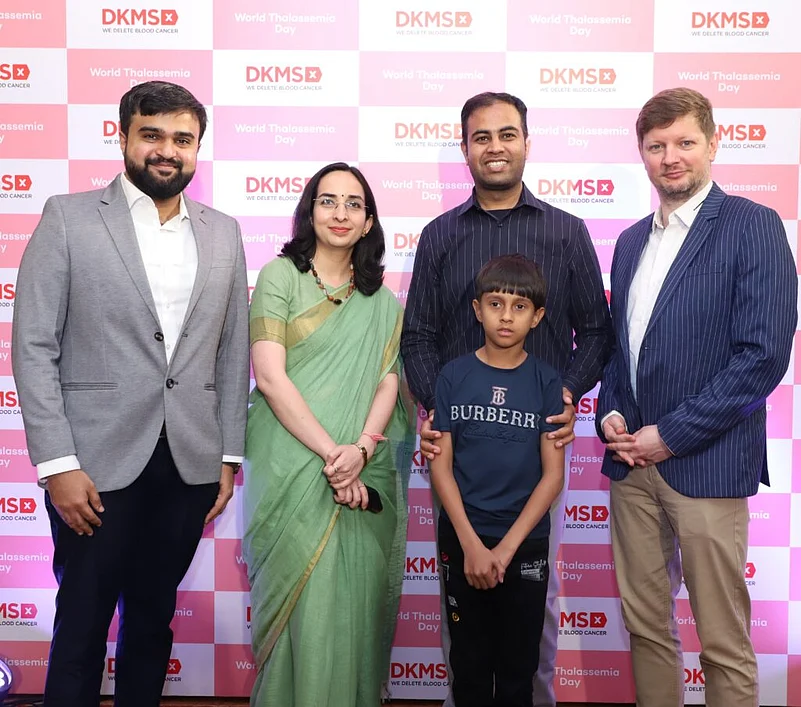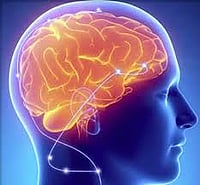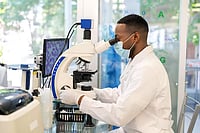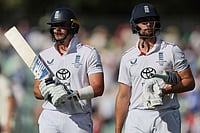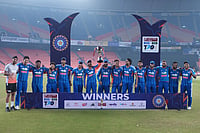Just seven months old and Pratham’s world and that of his family was turned upside down when he was diagnosed with thalassemia major, a severe and inherited blood disorder. For nearly seven long years, his parents - Vijay Tulsiani and Pinky searched relentlessly for a cure, clinging to the hope of finding a compatible stem cell donor that could offer their son a chance at life beyond illness.
Tulsiani said that symptoms of the disease appeared when Pratham was just seven months old—his skin turned pale, and frequent blood transfusions became a painful routine. “We were living in uncertainity,” he said. Thalassemia causes the body to have less hemoglobin than normal. This can lead to anemia, fatigue, and other serious health problems.
“After running from pillar to post, we finally took him to Christian Medical College Vellore for a bone marrow transplant(BMT), but no matching donor was found within the family. Even Pratham’s two siblings marrow was not matching.”
After anxious wait of seven years, they received word from DKMS's bone marrow registry that a donor match had been found. DKMS India, is a non-profit NGO engaged in fighting against blood cancer and other blood disorders.
“Hope arrived when it was least expected, but most needed. On the birthday of Pratham’s mother, Pinky, we received news that felt nothing short of divine—a donor match had been found,” recalled Vijay Tulsiani.
The match was not a relative or friend, but a complete stranger: Rohit, a 35-year-old pharmaceutical management consultant from Kanpur. After completing all formalities from Pratham’s and Rohit’s side, two-and-a-half years ago, Pratham underwent a successful bone marrow transplant at CMC Vellore, Bangalore.
On Tuesday, in a poignant and joyful reunion organised by DKMS, the little boy with twinkle in his eyes met Rohit for the very first time. Beaming with gratitude, the boy called Rohit his “superhero,” while Rohit—visibly moved—said, “It’s an incredible feeling to know that I brought a smile to someone’s life. There’s no greater satisfaction.”
It began with a simple cheek swab—an act so small, said Rohit. However, I could never have imagined it would one day give a new lease of life to this boy hundreds of miles away.
The BMT not only cured Pratham’s condition but even changed his blood group from A to O—the same as Rohit's.
However, Pratham has been lucky enough to get a donor. Most thalassemia patients in the country are unable to undergo BMT due to the lack of matching donors in their families.
Dr. Esha Kaul, Director – Hematology, Hemato-Oncology, BMT, from Max Super Specialty Hospital, Vaishali said that there is a need to increase bone marrow donation registrations in India. Presently, only 1-1.5% of thalassemia patients actually receive bone marrow transplants.
Thalassemia continues to place an immense physical and emotional burden on children and their families, especially in India, where the incidence remains among the highest globally. While blood transfusions are a temporary solution, stem cell transplantation offers the only curative path forward.
“For many patients without a matching sibling, a matched unrelated donor (MUD) transplant becomes their only lifeline. The challenge, however, lies in finding that one-in-a-million match,” Dr. Kaul explained.
She added that a stem cell transplant can offer a potential cure for thalassemia patients, replacing their damaged blood-forming cells with healthy ones from a donor.
“When Pratham first came to us, he was very young and playful. We gave him all the support and treatment, but a stem cell transplant was his only curative option. Luckily, he found a matched unrelated donor (MUD), and we could proceed with the stem cell transplant.”
“This case shows that thalassemia can be effectively managed with early diagnosis and proper medical interventions,” pointed out his treating expert, Dr. Mithun Abraham Prakash, Assistant Professor in Clinical Haematology at Christian Medical College Vellore.
Dr. Nita Radhakrishnan, Additional Professor and HOD, Department of Paediatric Haematology-Oncology, PGICH, Noida while noting that India sees over 10,000 children born with thalassemia each year asserted that “this entirely preventable disease can be eliminated within a generation through one simple step — mandatory pre-marital screening for all couples. In most developed countries this screening is mandatory.”
In fact, for child born with thalassemia, regular transfusions are the norm, but a blood stem cell transplant remains the only curative option. “However, the availability of matching donors, especially from Indian ethnic backgrounds, is critically low. Also access to BMT remains limited due to financial and logistical barriers,” noted Dr. Mathew.
“From offering free HLA typing for thalassemia patients to providing financial support through our Patient Funding Program, we’re addressing key barriers families face in their transplant journey,” said Patrick Paul, Chairman, DKMS India.
Paul explained that to register as a potential stem cell donor, one must be a healthy adult between 18 and 55 years of age. Registration requires filling up a simple consent form. A swab of the inside of the cheeks is taken to collect the tissue cells, which are then sent to a lab to be analysed for HLA (Human Leukocyte Antigen). The potential donor is then listed anonymously on the international search platform for matching stem cell donors.
According to the reports, in the last four decades, India has had 17,651 bone marrow transplants from unrelated donors, with 27% (approximately 4,765) being for thalassemia patients. About 1,500 of these were made possible through unrelated donors.






